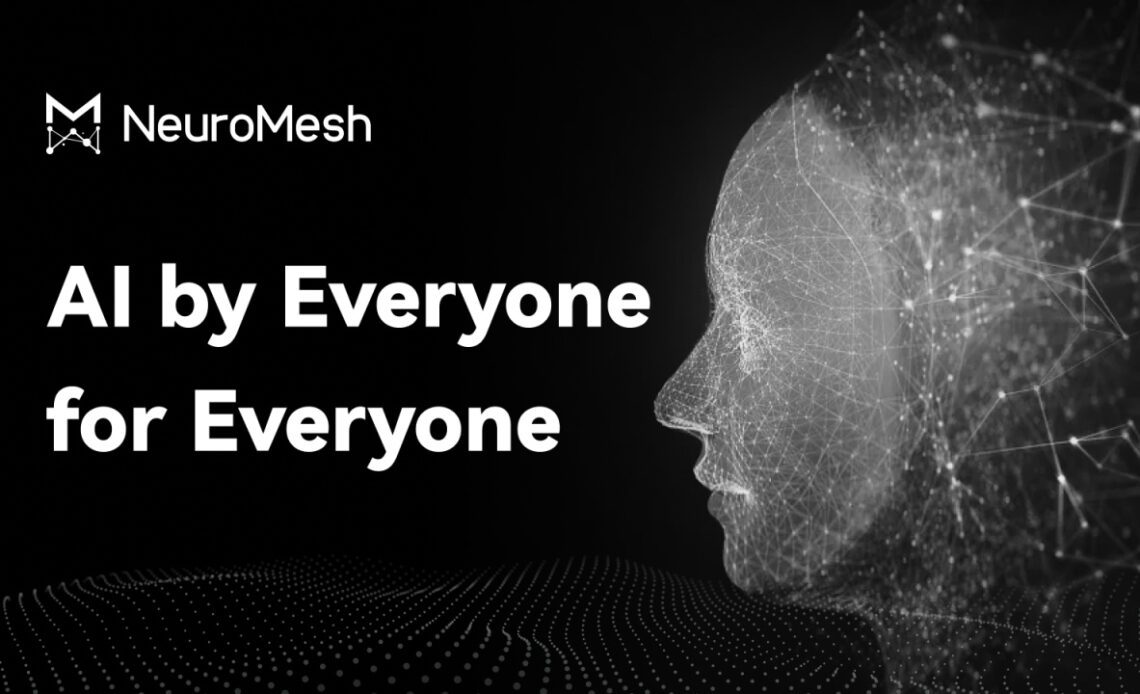London, United Kingdom, April 9th, 2024, Chainwire
NeuroMesh (nmesh.io), a trailblazer in artificial intelligence, announces the rollout of its distributed AI training protocol, poised to revolutionize global access and collaboration in AI development. Embracing DePIN’s decentralized framework, NeuroMesh bridges the gaps between the demand for training large AI models and distributed GPUs. This initiative aims to foster inclusivity in AI development, facilitating participation across diverse sectors and geographies.
Visionaries in AI: The team’s global ambition
The team behind NeuroMesh, composed of researchers and engineers from Oxford, NTU, PKU, THU, HKU, Google, and Meta, pioneers a democratic AI training process. This visionary approach addresses the limitations of centralized AI development by enabling GPU owners worldwide to contribute to a vast training network, empowering entities of all sizes to leverage this service for their training needs.
NeuroMesh transcends traditional AI by fostering collaboration. Their vision is to equip every developer and organization, regardless of location or resources, with the ability to train and utilize cutting-edge AI models. This aligns perfectly with the vision of AI pioneers like Yann LeCun, who advocate for a future powered by crowdsourced and distributed AI training.
A revolutionary design based on PCN
At the heart of NeuroMesh’s distributed training protocol lies the groundbreaking PCN (Predictive Coding Network) training algorithm – a true game-changer in this field. This approach empowers GPU owners worldwide to contribute their power, fostering a vast collaborative effort.
The PCN Training Algorithm: The magic behind NeuroMesh lies in the PCN training algorithm. Unlike traditional backpropagation (BP) methods, PCN enables fully local, parallel, and autonomous training. The team aims to create a vast network, where each node—representing a participating GPU—learns independently. PCN minimizes inter-layer communication, reducing data traffic and facilitating asynchronous training. Think of it as a symphony where each musician plays their part independently, yet contributes to a harmonious whole.
This cutting-edge model, inspired by recent advancements in neuroscience research pioneered by Oxford University, mimics the human brain’s localized learning approach. By storing…
